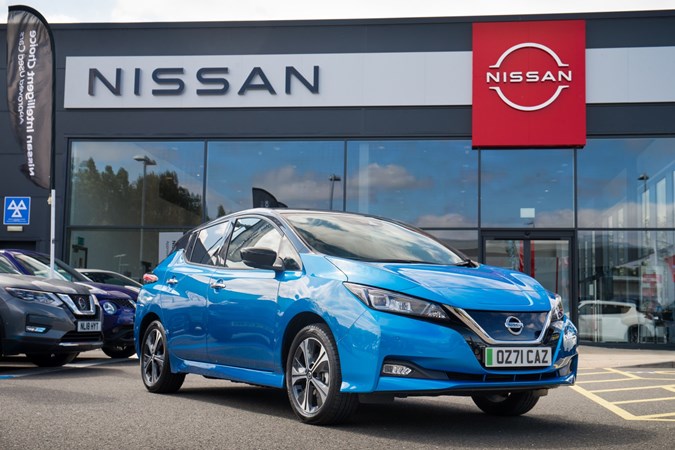There’s a seemingly endless list of running costs when you own a car, from finance payments to servicing to insurance to fuel and, of course, annual vehicle excise duty – also known as car tax or road tax. Plus, if you buy a new car, you have to factor in the cost of the first year tax rates. And don’t forget about keeping up with the latest adjustments to road tax rates set by the government, which change every year on April 1. Confusing, isn’t it?
That’s why in this guide, we’re going to explain everything you need to know about first year tax rates and why you need to take account of them when shopping for a new car.
How does road tax work on a new car?
Brand new cars incur a higher rate of VED for their first year on the road. That amount is tied to the car’s CO2 emissions and rises periodically in line with inflation. How much first-year VED – also known as showroom tax – a particular car is liable for will be indicated on the government-mandated label that shows how environmentally friendly the car is.

That first-year VED charge can be pretty hefty – you can see the charges in the table below. If you’re paying for a car in cash or with a personal loan, you need to factor that additional cost into the purchase price. If you’re getting a car via PCP, leasing or finance, the first year VED charge will likely be factored into the monthly payments but ask to make sure.
Is first year road tax higher?
It certainly can be. Electric cars that produce zero carbon dioxide emissions at the tailpipe incur no charge at all, but cars that emit over 255g/km are charged over £2,500. Even a family-friendly SUV that emits around 180g/km costs £1,000.
After that first year, though, VED is charged at a flat rate of £190 for petrol and diesel cars, £180 for hybrid cars and £0 for electric cars. However, EV’s exemption is set to change in 2025 and VED charges will be introduced. Cars that cost more than £40,000 new are liable for an additional charge of £390 for five years from the car’s first through sixth birthdays. You can use Parkers’ car tax calculator to find how much any car will cost you.

Why is first year road tax so high?
The first year VED regime was introduced to dissuade people from buying cars that emit high levels of CO2. It was introduced at the same time as the current flat rate VED charges that come into effect the second time a car is taxed and apply to cars registered from 1 April 2017.
It replaced previous VED structures based on engine size and CO2 emissions. They remain in place for older cars, so it’s still possible to find petrol and diesel used cars with free tax.
Why has my road tax increased in 2024?
As we enter the new tax year, millions of car owners have probably noticed that their VED has increased. Unfortunately, as inflation rises in the UK, so do the car tax rates. As part of the spring budget, the Chancellor of Exchequer confirmed that the increase would be based off inflation in line with the retail price index (RPI). But what does this mean in terms of cost for first-year rate car tax?
Drivers of new vehicle’s falling into the higher emission category will pay £140 more in the first year for a 12-month period. After this, the rate will revert back to the standard £190 for diesel and petrol vehicles, and £180 for alternative fuel vehicles.
2024 first year VED rates
| Diesel (RDE2)* and petrol |
Non-RDE2* diesels | Alternative fuel |
|
| 0 | £0 | £0 | £0 |
| 1- 50 |
£10 | £30 | £0 |
| 51 – 75 | £30 | £135 | £20 |
| 76 – 90 |
£135 | £175 | £125 |
| 91 – 100 | £175 | £195 | £165 |
| 101 – 110 |
£195 | £220 | £185 |
| 111 – 130 | £220 | £270 | £210 |
| 131 – 150 |
£255 | £645 | £245 |
| 151 – 170 | £680 | £1,095 | £670 |
| 171 – 190 |
£1,095 | £1,650 | £1,085 |
| 191 – 255 | £1,650 | £2,340 | £1,640 |
| 226 – 255 | £2,340 | £2,745 | £2,330 |
| Over 255 | £2,745 | £2,745 | £2,735 |






